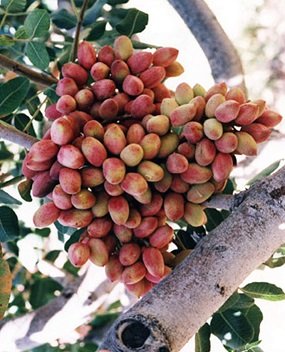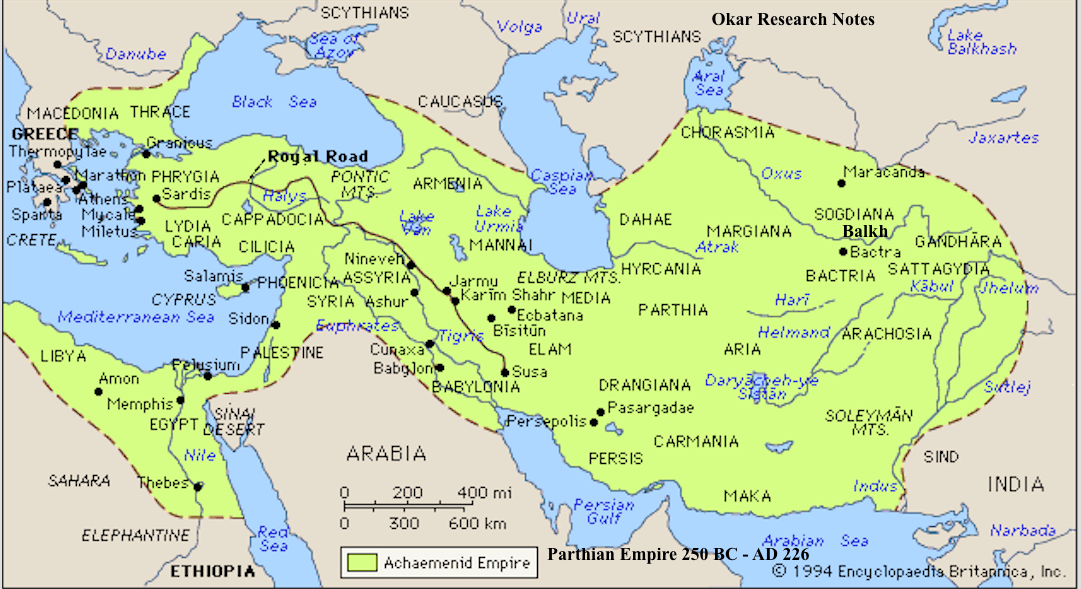What are Pistachios?
Pistachios are one of the most popular nuts, and they are one of the oldest cultivated. Pistachios are the seed of a small fruit or drupe, which grows in bunches. Unlike other drupes such as cherries and plums the fleshy fruit is discarded for the seed, (I like to add that in Iran we use the flesh to make jam).
The seed grows inside a shell protected by leathery fruit. The harvesting happens when the seed burst through the shell. when the shell splits it makes a loud crack and it is believed to be a good omen if you are sitting under a tree and hear a seed crack.
What are the health benefits of pistachio nuts?
Pistachios are full of fibre minerals and unsaturated fat. The high levels of potassium and unsaturated fatty acids contain antioxidants and anti-inflammatory traits.
A healthy ingredient that can be found in pistachios is an amino acid called L-arginine. This amino acid can help the lining of your arteries become flexible and decrease the chance to develop blood clots.
Other health benefits of pistachio nuts are:-
- It can keep blood sugar, blood pressure and cholesterol in check.
- Fibre and protein will make you feel fuller for longer, and the fibre will aid good bacteria in your guts.




